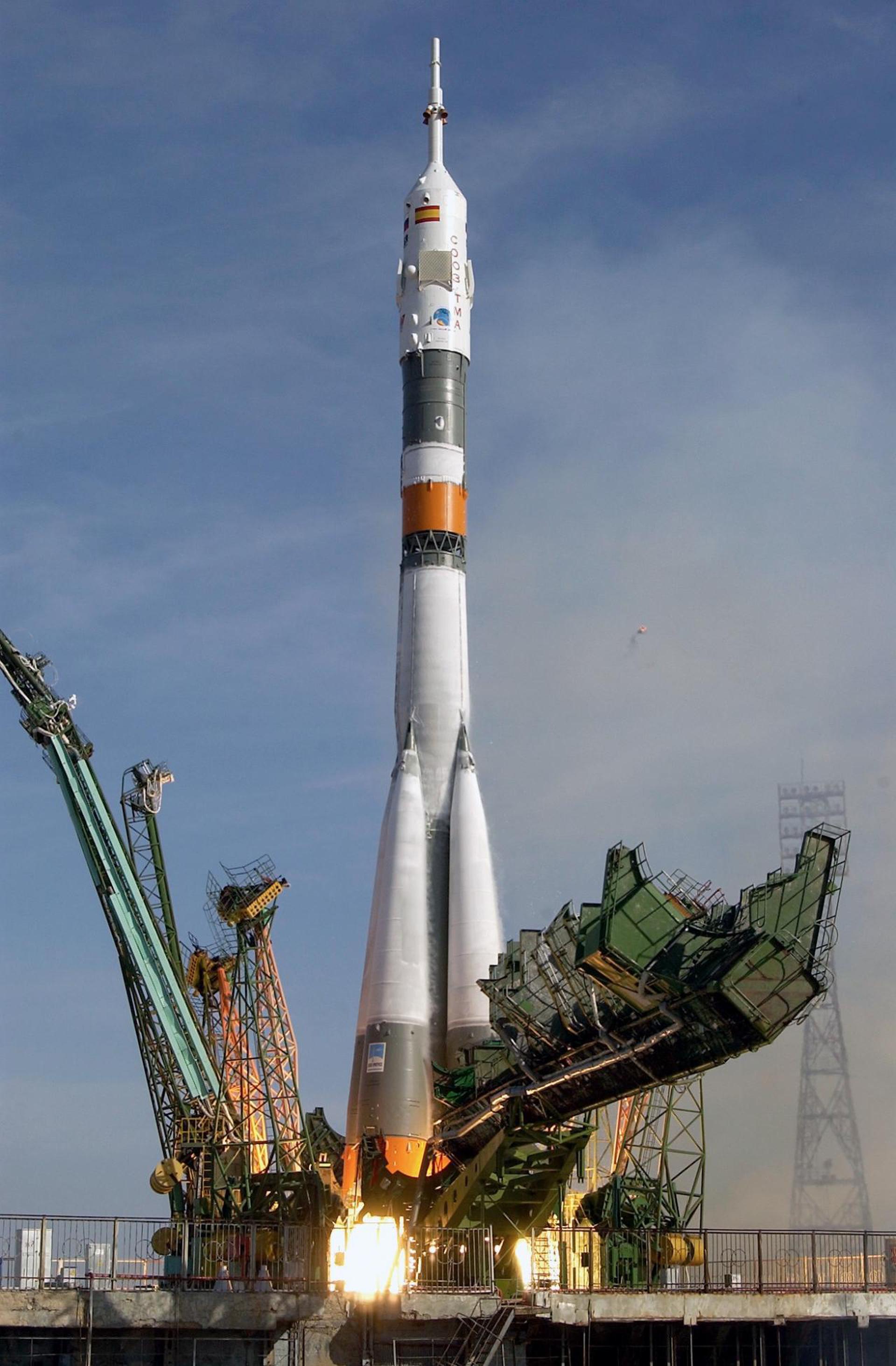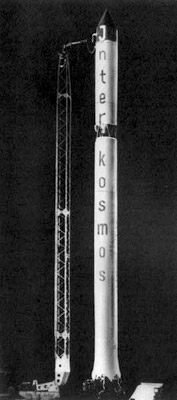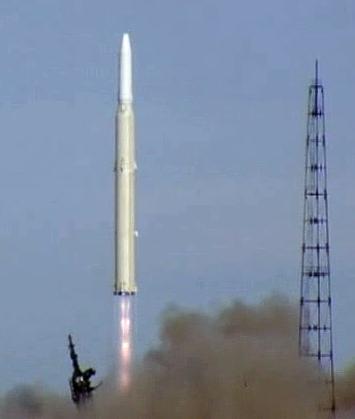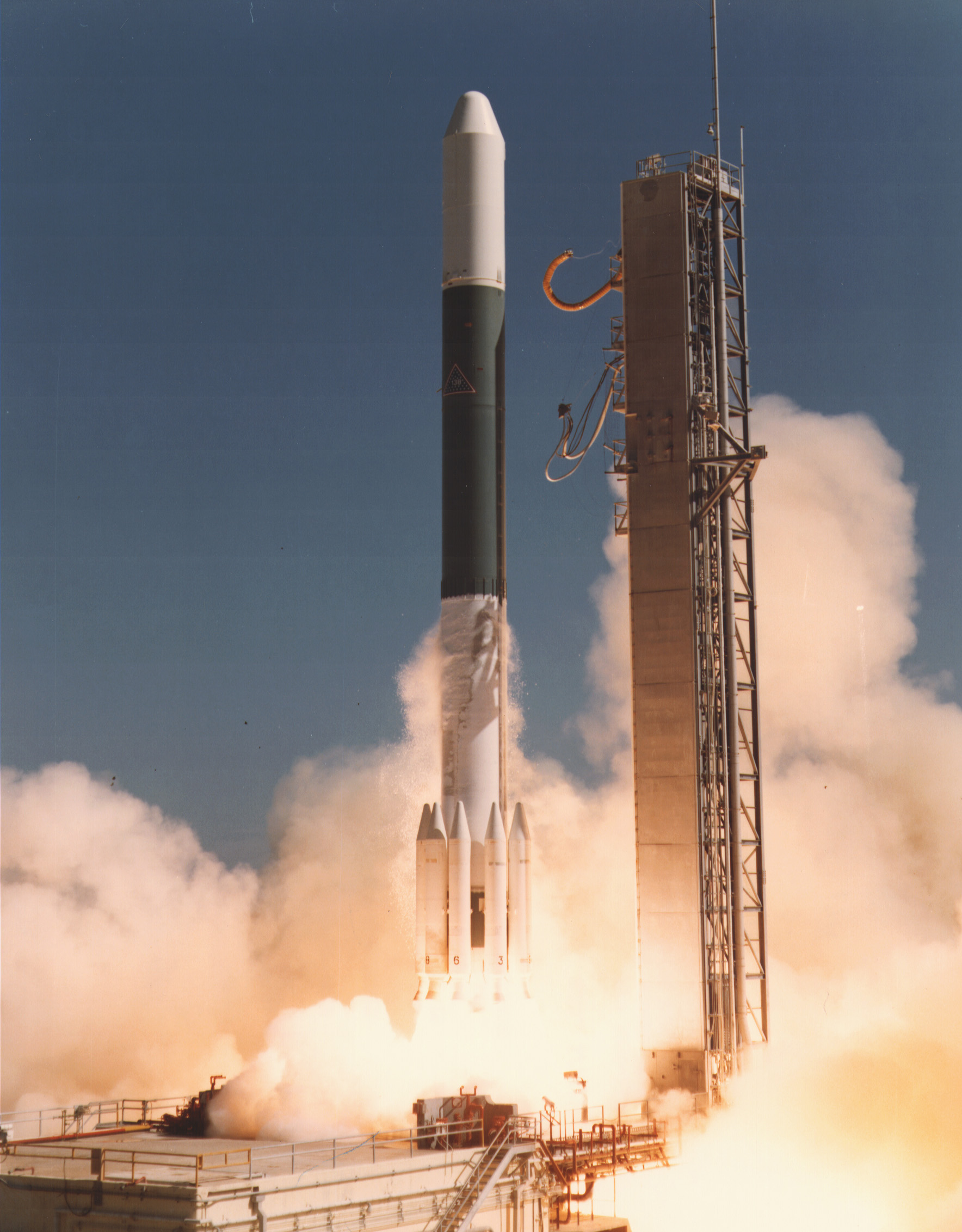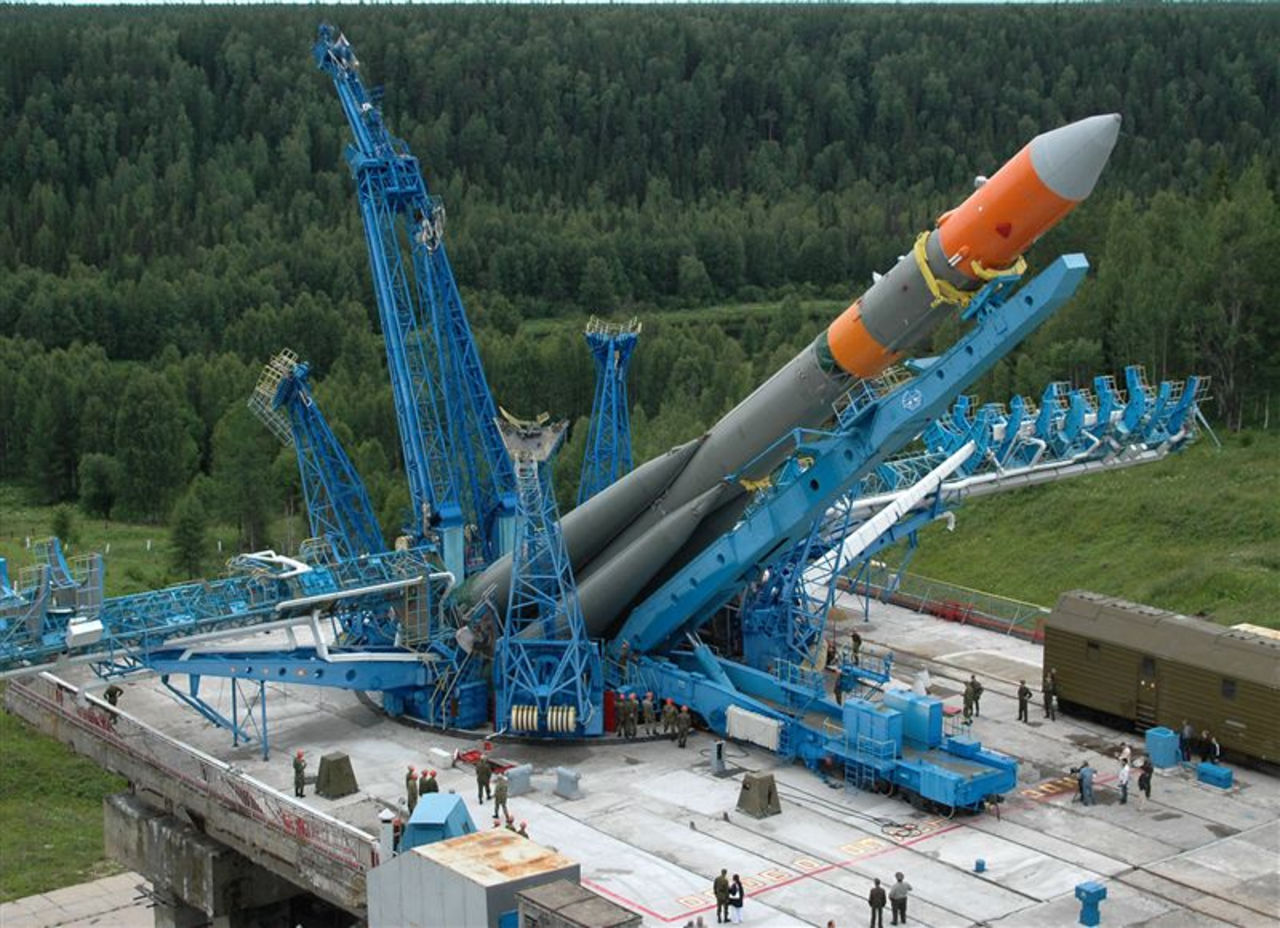Previous Spaceflight Launches
Filter by Agency, Locations or Vehicles
Show All LaunchesSoyuz U | Zenit-4MK 80
Russian Federal Space Agency (ROSCOSMOS) | RussiaBaikonur Cosmodrome, Republic of Kazakhstan
June 22, 1977, 8 a.m.
Kosmos 11K63 | DS-P1-I 20
Strategic Rocket Forces | RussiaPlesetsk Cosmodrome, Russian Federation
June 18, 1977, 10:30 a.m.
Tsiklon-2 | IS-A 6
Yuzhnoye Design Bureau | UkraineBaikonur Cosmodrome, Republic of Kazakhstan
June 17, 1977, 7:23 a.m.
Kosmos-3M | Signe 3
Russian Space Forces | RussiaKapustin Yar, Russian Federation
June 17, 1977, 3:30 a.m.
Delta 2914 | GOES 2
McDonnell Douglas | United States of AmericaCape Canaveral SFS, FL, USA
June 16, 1977, 10:51 a.m.
Molniya-M | US-K 7
Russian Space Forces | RussiaPlesetsk Cosmodrome, Russian Federation
June 16, 1977, 1:58 a.m.
Soyuz U | Zenit-4MT 12
Russian Federal Space Agency (ROSCOSMOS) | RussiaPlesetsk Cosmodrome, Russian Federation
June 10, 1977, 8 a.m.
Soyuz U | Zenit-4MK 79
Russian Federal Space Agency (ROSCOSMOS) | RussiaPlesetsk Cosmodrome, Russian Federation
June 8, 1977, 2 p.m.
Thor DSV-2U | DMSP-5D1 F2
McDonnell Douglas | United States of AmericaVandenberg SFB, CA, USA
June 5, 1977, 2:59 a.m.
Soyuz U | Zenit-2M 77
Russian Federal Space Agency (ROSCOSMOS) | RussiaBaikonur Cosmodrome, Republic of Kazakhstan
May 31, 1977, 7:30 a.m.
